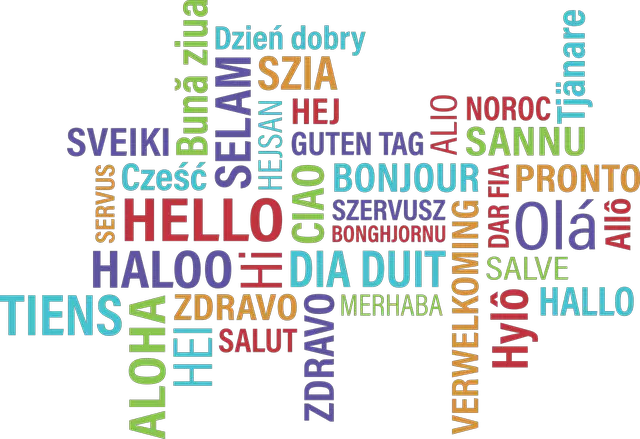Whether you’re learning your first or seventh language, you essentially need to go through the same motions: learn vocabulary and the grammar rules to manipulate your newfound words into sentences that make sense; you need to train your ear to hear new types of sounds and interpret what they mean.
Whether it’s English, Mandarin, or Ewe, all languages are made up of similar building blocks. It’s fascinating to realise that as much as they are different, all languages also have the same core – to facilitate human communication.
Table of Contents
Depends on whom you ask
The definition of what a language is, is still very much an open question and you’ll get different answers depending on the source. However, the part that everyone seems to agree on is that language is essentially a system of signs aimed at helping individuals understand each other.
The famous linguist Noam Chomsky has claimed that languages are innately human – that we are born with the capability of and need to learn a mother tongue. He claims that language is essentially what separates us from animals. There is evidence to suggest that but it’s is far from being a sure thing.
Characteristics of language
There are some characteristics that most people agree are the essence of what makes languages “real”. However, as with the different definitions, their number and content really depend on whom you ask.
But it is generally agreed that languages are social, systematic yet arbitrary, and they’re complete. For something to be considered a true language in the linguistic sense, they would need to have those characteristics. Of course, there are those who add or subtract from that list but, for now, let’s take a closer look at what these terms entail.
Social
All languages are in their essence a method of communication for a group of people. Language can truly be language only when there are at least two people engaged since it is a way of conferring ideas, opinions, news, etc between individuals. Language is so closely entwined with society and culture that it’s certain either couldn’t exist without the other.
Systematic and arbitrary
Whatever language you can think of, it is surely to be made up of a system of signs or symbols. You use a certain figure to form the letters A and B, accompanied by a certain sound to denote them. When they are combined in a certain number of other letters, you get words that you then need to systematise in the correct manner to get to sentences.
At the same time, there is really no reason for a B to look like it does in the Latin alphabet. And indeed, across the world, you can see B written differently in the Arabic alphabet – ب, or Cyrillic – Б. There is also no reason for the word for a four-legged object on which you sit be called a “chair”, when it can very well also be a “Stuhl”, like in German, or “tool”, like in Estonian. That is the arbitrary nature of language at play.
Complete
For a language to be “complete”, you need to be able to express any idea that springs into your head in it. The interesting part is that you have to make do with a very limited set of symbols – the 26 letters of the English alphabet, for example. But you can arrange and rearrange these signs to mean literally anything. You can talk about your dreams, what you want to eat, or even come up with completely abstract notions that have no basis in reality. This level of plasticity is truly what makes human language so different from other systems of communication.
Other features to consider
Of course, the previous list is by no means complete. Several experts, for example, also include the necessity of language being vocal. But where does that leave sign languages?
Others argue that a language can really only be considered “real” when it has a number of native speakers. If that’s the case, Klingon might now be classified a language since it has its first native speaker and the idea discounts all the pidgin languages that are used around the planet but grants them the right as soon as they become creoles.
The additional problem with languages is that they’re ever-evolving, so it’s difficult to draw very concrete borders. At what point did French and Italian sprout from Latin? When does a language stop being a regional dialect?
Another question is if languages are completely human phenomena. Our closest relatives – the great apes – have been taught sign language and there are other animals that can learn to speak human tongues. Additionally, animals have their own very complex systems of communication, so is it truly fair to say that we are the only ones capable of language?
These are all questions that have no easy answers.
Conclusion – Language is a system of communication that defies easy definition
So, although we’ve looked at some of the characteristics languages have, there would definitely be those who disagree with these picks. What almost everyone can agree on, is that they are systems of communication that depend on levels of abstraction, are able to express any- and everything, and, although arbitrary, follow a complex system of rules.
But there are other features that can or cannot be applied to languages, depending on whom you ask, including whether or not they’re human, need native speakers, or need to be vocal.

